Home>Articles>What Is The Difference Between An Instant Pot And Electric Pressure Cooker
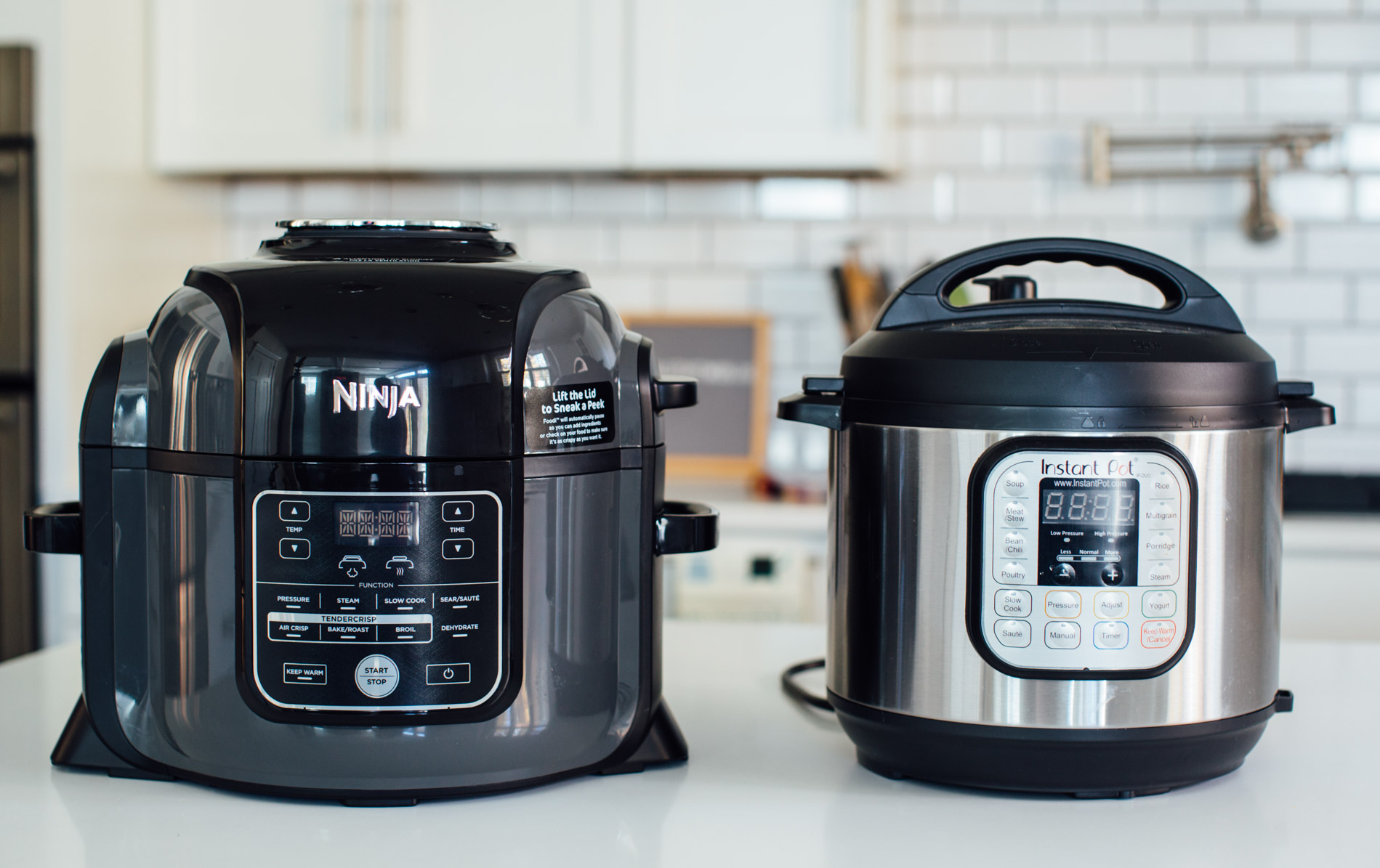

Articles
What Is The Difference Between An Instant Pot And Electric Pressure Cooker
Modified: August 16, 2024
Discover the key distinctions between an instant pot and an electric pressure cooker. Read our informative articles to make an informed decision for your cooking needs.
(Many of the links in this article redirect to a specific reviewed product. Your purchase of these products through affiliate links helps to generate commission for Storables.com, at no extra cost. Learn more)
Introduction
The kitchen is undoubtedly the heart of any home, and innovations in culinary technology have made cooking more convenient and efficient than ever before. Two popular cooking appliances that have gained significant attention in recent years are the Instant Pot and electric pressure cooker. These devices have revolutionized the way people prepare meals by combining the functions of a pressure cooker, slow cooker, steamer, sauté pan, and more into a single appliance.
While both the Instant Pot and electric pressure cooker serve a similar purpose of hastening the cooking process, there are some key differences between the two. In this article, we will delve into the intricacies of both appliances to help you understand their unique features and decide which one best suits your cooking needs.
Key Takeaways:
- The Instant Pot and electric pressure cookers offer time efficiency, versatility, and convenience, revolutionizing meal preparation and enhancing the cooking experience for busy individuals and home cooks alike.
- Understanding the unique features, limitations, and benefits of both appliances can help individuals make an informed decision based on their specific cooking needs, budget, and preferences.
Definition of an Instant Pot
The Instant Pot is a versatile and multifunctional kitchen appliance that combines the functionalities of various cooking devices into one. It is a brand of electric pressure cooker that has gained widespread popularity for its convenience and efficiency.
An Instant Pot typically consists of a stainless steel cooking pot, a heating element, and a control panel. It utilizes advanced technology to create a sealed and pressurized cooking environment, which allows food to cook faster than traditional methods. The pressure cooking function is the standout feature of an Instant Pot, as it helps to tenderize tougher cuts of meat, cook grains and beans quickly, and retain the natural flavors of the ingredients.
One of the key advantages of an Instant Pot is its programmability. Users can choose from a range of pre-set functions to cook different types of food, such as rice, soup, stew, yogurt, and more. The control panel usually offers options to adjust time, pressure, and temperature for customized cooking. Additionally, some Instant Pots come with built-in smart features that allow users to control and monitor the cooking process through a smartphone app.
The popularity of the Instant Pot stems from its ability to simplify cooking tasks. With its diverse functions and intuitive controls, users can create a wide variety of dishes with minimal effort. Whether you’re a busy professional, a home cook looking to save time, or someone who enjoys experimenting in the kitchen, an Instant Pot can be an indispensable tool to streamline your cooking process.
Definition of an Electric Pressure Cooker
An electric pressure cooker is a kitchen appliance that utilizes steam pressure to cook food quickly and efficiently. It is designed to replicate the cooking functionality of a traditional stovetop pressure cooker but with the added convenience of automation.
An electric pressure cooker typically consists of a removable cooking pot, a heating element, a pressure valve, and a control panel. The heating element generates heat, which produces steam inside the cooker. The pressure valve regulates the amount of pressure inside the cooker, ensuring safe and efficient cooking.
One of the primary benefits of an electric pressure cooker is its ability to dramatically reduce cooking time. By creating a sealed and pressurized environment, it allows food to cook faster than conventional methods. This is particularly advantageous for cooking tough cuts of meat, legumes, and grains, as the high-pressure environment helps to tenderize and soften the food efficiently.
Electric pressure cookers often come with a range of preset cooking functions that allow users to easily cook different types of dishes. These functions may include options for cooking rice, making soups or stews, braising meats, steaming vegetables, and even making yogurt. Some models even offer additional features like browning, sautéing, and slow cooking, making them versatile and suitable for various cooking needs.
Compared to stovetop pressure cookers, electric pressure cookers offer greater convenience and safety. They feature automated controls that regulate the pressure and cooking time, eliminating the need for constant monitoring. Additionally, they are equipped with safety mechanisms, such as locking lids and pressure release valves, to prevent accidents and ensure user safety.
Overall, an electric pressure cooker is a time-saving and efficient kitchen appliance that allows users to cook a wide variety of meals with ease. Whether you’re a novice cook or an experienced chef, an electric pressure cooker can be a valuable addition to your kitchen, helping you save time and effort while still producing delicious meals.
Similarities between an Instant Pot and Electric Pressure Cooker
While there are some differences between an Instant Pot and an electric pressure cooker, there are also several similarities that make them comparable cooking appliances. Understanding these similarities can help you determine whether either of these options is suitable for your cooking needs.
1. Pressure Cooking: Both the Instant Pot and electric pressure cooker function primarily as pressure cookers. They create a sealed and pressurized cooking environment that allows food to cook quickly and evenly.
2. Multifunctionality: Both appliances offer multiple cooking functions besides pressure cooking. They can often serve as slow cookers, steamers, rice cookers, sauté pans, and more, providing a versatile cooking experience.
3. Time and Energy Efficiency: Both appliances excel at reducing cooking time by utilizing high-pressure steam. They allow you to cook meals faster than traditional cooking methods, saving you time and energy.
4. Programmability: Both the Instant Pot and electric pressure cookers offer programmable cooking settings, allowing you to customize the cooking time, pressure, and temperature according to your specific recipe requirements.
5. Safety Features: Both appliances are designed with safety features in mind. They have mechanisms for releasing pressure and locking lids to prevent accidents and ensure safe operation.
6. Easy Cleanup: Both the Instant Pot and electric pressure cookers are designed to be easy to clean. The removable cooking pots are typically dishwasher safe, making post-cooking cleanup a breeze.
These similarities contribute to the overall convenience and efficiency of both appliances, making them suitable for a wide range of cooking tasks. Whether you prefer the brand-specific features of the Instant Pot or the versatility of an electric pressure cooker, you can expect comparable benefits and shortcuts in your cooking process.
Differences between an Instant Pot and Electric Pressure Cooker
While the Instant Pot and electric pressure cooker share many similarities, there are also some notable differences between the two appliances that can help you determine which one is better suited for your cooking preferences. Let’s explore these differences:
1. Brand: The Instant Pot is a specific brand of electric pressure cooker, known for its wide range of features and smart capabilities. On the other hand, an electric pressure cooker refers to the broader category of appliances that share similar functions but may not offer the same level of features and technology as the Instant Pot brand.
2. Price: Generally, the Instant Pot tends to be more expensive compared to other electric pressure cookers on the market. This is due to the brand’s reputation, advanced features, and innovative technology. Electric pressure cookers from other brands can be more budget-friendly options.
3. Size and Capacity: The Instant Pot is available in various sizes, typically ranging from 3 to 8 quarts, allowing you to choose the size that suits your needs. Electric pressure cookers, on the other hand, come in a wider range of sizes, from small, single-serving models to larger, family-sized ones.
4. Smart Features: One of the standout features of the Instant Pot is its smart capabilities. Some models can be connected to a smartphone app, allowing you to control and monitor the cooking process remotely. Electric pressure cookers, on the other hand, may not offer these advanced smart features.
5. Pre-set Cooking Programs: The Instant Pot is known for its extensive array of pre-set cooking programs, providing specific settings for cooking various dishes like soups, stews, rice, yogurt, and more. While some electric pressure cookers also offer pre-set cooking programs, they may not have the same variety or customization options as the Instant Pot.
6. Accessories: The Instant Pot brand offers a range of accessories specifically designed to enhance the cooking experience, such as silicone sealing rings, cooking inserts, steam racks, and more. While electric pressure cookers may have compatible accessories, they may not have the same level of variety and availability as Instant Pot accessories.
These differences highlight the unique features and capabilities of the Instant Pot brand compared to other electric pressure cookers. Considering these distinctions can help you decide which appliance aligns best with your cooking needs, budget, and preferences.
Cooking Functions and Features of an Instant Pot
The Instant Pot is renowned for its versatile cooking functions and convenient features. Let’s take a closer look at some of the key functions and features that make the Instant Pot a popular choice among home cooks:
1. Pressure Cooking: The pressure cooking function is at the core of the Instant Pot. It utilizes high-pressure steam to cook food quickly and efficiently, tenderizing tough cuts of meat and infusing flavors into dishes.
2. Slow Cooking: The Instant Pot can also function as a slow cooker, allowing you to simmer and slow-cook your favorite recipes over an extended period. This feature is ideal for dishes like stews, soups, and braised meats.
3. Rice Cooker: With the pre-set functions specifically for cooking rice, the Instant Pot takes the guesswork out of preparing perfectly fluffy rice. You can effortlessly cook different types of rice, including white rice, brown rice, and even specialty rice like sushi rice.
4. Steaming: The Instant Pot comes with a steaming rack, allowing you to steam vegetables, seafood, and even desserts. This function is great for preserving the natural colors and nutrients of ingredients while cooking them quickly.
5. Sauté and Browning: The Instant Pot features a sauté function that allows you to brown ingredients directly in the pot before pressure cooking. This feature adds depth and complexity to flavors and eliminates the need for a separate sauté pan.
6. Yogurt Making: Some models of the Instant Pot have a dedicated yogurt-making function. This feature controls the temperature needed for culturing yogurt, allowing you to make homemade yogurt easily.
7. Multi-functionality: In addition to the above functions, the Instant Pot can perform various other cooking tasks, including making soups, chili, porridge, and even baking cakes. Its versatility eliminates the need for multiple cooking appliances in the kitchen.
8. Programmability: The Instant Pot allows you to program cooking time, pressure level, and temperature, giving you precise control over the cooking process. This feature ensures consistent and reliable results every time.
The combination of these cooking functions and features makes the Instant Pot an all-in-one kitchen appliance that can streamline your cooking process, save you time, and expand your culinary repertoire. Whether you’re a novice home cook or an experienced chef, the Instant Pot’s versatility and convenience will undoubtedly enhance your cooking experience.
When comparing an Instant Pot and an electric pressure cooker, it’s important to note that an Instant Pot is a brand of electric pressure cooker, so all Instant Pots are electric pressure cookers, but not all electric pressure cookers are Instant Pots.
Cooking Functions and Features of an Electric Pressure Cooker
An electric pressure cooker offers a range of cooking functions and features that make it a versatile and efficient kitchen appliance. Let’s explore some of the key functions and features of an electric pressure cooker:
1. Pressure Cooking: Like the Instant Pot, the primary function of an electric pressure cooker is pressure cooking. It uses steam and high pressure to cook food quickly, tenderizing tough cuts of meat and retaining the flavors of ingredients.
2. Slow Cooking: Many electric pressure cookers have a slow cooking function, allowing you to simmer and slow-cook your favorite recipes over a longer period. This feature is perfect for dishes that benefit from a low and slow cooking method, such as stews, soups, and braised meats.
3. Rice Cooking: Most electric pressure cookers have built-in programs specifically designed for cooking rice. These preset functions ensure perfectly cooked rice with the push of a button, making it convenient for everyday meals.
4. Steaming: Electric pressure cookers often come with a steaming rack that allows you to steam vegetables, seafood, and even desserts. Steaming is a healthy cooking method that preserves nutrients and enhances the natural flavors of the food.
5. Sautéing and Browning: Many electric pressure cookers have a sauté function that allows you to brown ingredients before pressure cooking. This feature adds depth and richness to flavors and eliminates the need for an additional stovetop pan.
6. Multiple Cooking Programs: Depending on the model, an electric pressure cooker may offer a variety of pre-programmed cooking options, such as soup, meat, bean/chili, poultry, and more. These programs simplify the cooking process by automatically adjusting the time, pressure, and temperature for specific ingredients or recipes.
7. Timer and Delay Start: Electric pressure cookers often come with a timer and delay start feature. This allows you to set the specific cooking time and delay the start of the cooking process, giving you more flexibility in meal planning and preparation.
8. Safety Features: Electric pressure cookers are designed with safety features, such as pressure release valves, locking lids, and automatic shut-off mechanisms. These features ensure safe operation and prevent accidents during the cooking process.
With these cooking functions and features, an electric pressure cooker provides a convenient and efficient way to prepare a variety of dishes. Whether you’re looking to save time, cook healthy meals, or experiment with different recipes, an electric pressure cooker can become an essential tool in your kitchen.
Benefits of Using an Instant Pot
The Instant Pot offers several benefits that make it a beloved kitchen appliance among home cooks. Here are some of the key advantages of using an Instant Pot:
1. Time Efficiency: One of the standout benefits of using an Instant Pot is its ability to significantly reduce cooking time. The high-pressure cooking environment allows ingredients to cook faster compared to traditional cooking methods. This is especially beneficial for busy individuals who want to prepare meals quickly.
2. Versatility: The Instant Pot is a versatile appliance that combines multiple functions into a single device. It can serve as a pressure cooker, slow cooker, rice cooker, steamer, sauté pan, and more. This saves valuable cabinet space and eliminates the need for multiple cooking appliances.
3. Flavor Retention: The Instant Pot’s pressure cooking function helps retain the natural flavors of the ingredients. The sealed cooking environment traps the flavors and juices, resulting in meals that are tender, succulent, and packed with flavor.
4. Consistency and Reliability: The Instant Pot’s programmable settings ensure consistent results in every cooking session. You can customize cooking time, pressure level, and temperature for precise control over your recipes. This eliminates guesswork and ensures reliable and delicious meals each time.
5. Convenience: With its easy-to-use controls and pre-set cooking programs, the Instant Pot simplifies the cooking process. It minimizes the need for constant monitoring and stirring, allowing you to set it and forget it. This convenience is particularly beneficial for busy individuals and those with limited cooking experience.
6. Energy Efficiency: The Instant Pot is designed to be energy-efficient, using less energy compared to traditional cooking methods. The shorter cooking time and the sealed cooking environment help reduce energy consumption, resulting in cost savings and a smaller carbon footprint.
7. Healthier Cooking: The Instant Pot’s fast and sealed cooking process helps retain more nutrients in the food compared to boiling or overcooking. Additionally, it requires less oil and fat for cooking, promoting healthier eating habits.
8. Easy Cleanup: The Instant Pot’s removable cooking pot and accessories are usually dishwasher safe, making cleanup a breeze. This convenience saves you time and effort in the kitchen.
Overall, the Instant Pot offers a range of benefits that make it a valuable addition to any kitchen. From saving time and energy to producing consistent and delicious meals, the Instant Pot streamlines cooking and enhances the overall cooking experience.
Benefits of Using an Electric Pressure Cooker
An electric pressure cooker offers numerous benefits that make it a popular choice for many home cooks. Let’s explore some of the key advantages of using an electric pressure cooker:
1. Time Efficiency: Electric pressure cookers can significantly reduce cooking time compared to traditional cooking methods. The high-pressure cooking environment speeds up the cooking process, allowing you to prepare meals much faster. This is especially beneficial for busy individuals or families with limited time for meal preparation.
2. Energy Efficiency: Electric pressure cookers are designed to be energy-efficient. They require less time and energy to cook meals, which can result in lower energy consumption and reduced utility bills.
3. Versatility: Electric pressure cookers are incredibly versatile appliances. In addition to pressure cooking, they often offer additional functions such as slow cooking, steaming, sautéing, and rice cooking. This versatility allows you to create a wide variety of dishes while maximizing the use of a single appliance.
4. Retains Nutrients and Flavors: Pressure cooking helps retain more nutrients in food compared to other cooking methods like boiling or prolonged simmering. The sealed cooking environment traps steam and flavors, resulting in tastier and more nutritious meals.
5. Tenderizes Tough Cuts of Meat: An electric pressure cooker is excellent for cooking tougher cuts of meat. The high-pressure environment helps to break down the connective tissues and tenderize the meat, resulting in succulent and flavorful results.
6. Set-and-Forget Convenience: Electric pressure cookers offer a set-and-forget cooking experience. Once you set the desired cooking time and pressure, the cooker will automatically regulate and monitor the cooking process. This frees up your time and allows you to attend to other tasks without worrying about the food.
7. Safe and Easy to Use: Electric pressure cookers are equipped with various safety features, such as pressure release valves and locking mechanisms. This ensures that the pressure is safely released before opening the cooker. Additionally, they are user-friendly and often have clear displays and intuitive controls, making them accessible for cooks of all experience levels.
8. Easy Cleanup: The removable cooking pot of an electric pressure cooker is often dishwasher safe, making clean-up a breeze. This saves you time and effort in the kitchen.
Overall, an electric pressure cooker offers time-saving convenience, versatility, and energy efficiency. It allows you to prepare delicious, nutrient-rich meals with minimal effort, making it a valuable addition to any kitchen.
Limitations of an Instant Pot
While the Instant Pot offers numerous benefits, there are also some limitations to consider when using this kitchen appliance. Understanding these limitations can help you make an informed decision about whether the Instant Pot is the right choice for your cooking needs. Here are some of the key limitations of an Instant Pot:
1. Learning Curve: Although the Instant Pot is designed to simplify cooking, it may still have a learning curve, especially for those who are new to pressure cooking or multi-function appliances. Understanding the different settings, cooking times, and pressure release methods may require some initial research and experimentation.
2. Cooking Capacity: The size and cooking capacity of an Instant Pot may not be suitable for larger families or for those who regularly cook in larger quantities. While Instant Pots are available in various sizes, the largest models may still have limitations in terms of cooking space and portion sizes.
3. Limited Browning and Sautéing Capability: While the Instant Pot does offer a sauté function, the browning and searing capabilities may not be as robust as using a stovetop or dedicated pan. Achieving a deep, golden brown crust on meats or caramelizing onions may require additional steps or finishing touches outside of the Instant Pot.
4. Cooking Times and Adjustments: While pressure cooking is known for its fast cooking times, it’s important to consider the total cooking time, including the time it takes for the Instant Pot to reach pressure and release pressure. Recipes may need to be adjusted to account for these factors, especially for delicate ingredients that may require more precise cooking times.
5. Limited Monitoring During Cooking: Once the Instant Pot is sealed and cooking, it is not advisable to constantly monitor or check the progress of the food. While this can be convenient, it may not suit those who prefer a more hands-on cooking approach or who want to visually assess the dish’s progress throughout the cooking process.
6. Dependence on Electricity: As an electric appliance, the Instant Pot relies on a stable power supply. This means that you may be limited in its usage during power outages or in situations where electrical access is unavailable.
7. Replacement Parts and Accessories: While the Instant Pot brand offers a range of replacement parts and accessories, availability may vary depending on your location and model. It’s important to consider the availability and cost of these additional items when purchasing an Instant Pot.
Despite these limitations, the Instant Pot remains a versatile and convenient cooking appliance that can significantly enhance your culinary experience. Understanding these limitations allows you to make the most informed decision about whether the Instant Pot aligns with your specific cooking preferences and needs.
Limitations of an Electric Pressure Cooker
While electric pressure cookers offer a range of benefits, there are also limitations to consider when using this kitchen appliance. Understanding these limitations can help you make an informed decision about whether an electric pressure cooker is the right choice for your cooking needs. Here are some key limitations to consider:
1. Cooking Capacity: Electric pressure cookers come in various sizes, but even the largest models may have limitations in terms of cooking capacity. If you regularly cook for larger families or like to cook in bulk, you may find the size restrictive.
2. Cooking Time: While electric pressure cookers do reduce cooking time compared to traditional methods, there is still a learning curve when it comes to understanding the optimal cooking times for specific recipes. Some trial and error may be necessary to determine the right cooking duration for your preferred dishes.
3. Learning Curve: Using an electric pressure cooker may require some familiarity and practice. Understanding the various settings, pressure levels, and release methods may take time for those who are new to this type of appliance.
4. Limited Browning and Sautéing Capability: While some electric pressure cookers have a sauté function, the browning and caramelizing capabilities may not be as effective as using a stovetop or dedicated cookware. Achieving a deep sear or caramelization may require additional steps or finishing touches outside of the electric pressure cooker.
5. Lack of Visual Monitoring: Once the electric pressure cooker is sealed and cooking, it is not possible to visually monitor the progress or make adjustments during the cooking process. This may not suit those who prefer a more hands-on cooking experience or enjoy the ability to visually check on the dish’s progress.
6. Dependence on Electricity: As an electric appliance, an electric pressure cooker relies on a stable power supply. This means that it may not be usable during power outages or in situations where there is limited access to electricity.
7. Replacement Parts and Accessories: Depending on the brand and model, finding replacement parts or accessories for an electric pressure cooker may be challenging. It’s essential to consider the availability and cost of these items when purchasing an electric pressure cooker.
Despite these limitations, many home cooks find electric pressure cookers to be a valuable addition to their kitchen. Understanding the limitations beforehand allows you to decide if an electric pressure cooker aligns with your specific cooking preferences and needs.
Conclusion
Both the Instant Pot and electric pressure cooker offer numerous advantages and have their own unique features. Understanding the similarities and differences between these appliances can help you make an informed decision about which one best suits your cooking needs.
The Instant Pot is a brand of electric pressure cooker that has gained popularity for its convenience, versatility, and smart capabilities. It offers a wide range of cooking functions and features, making it a versatile all-in-one appliance. The Instant Pot excels at time efficiency, versatility, and convenience, allowing you to create flavorful and nutritious meals with ease.
On the other hand, electric pressure cookers, in general, offer many of the same functions and benefits as the Instant Pot. They are efficient, versatile, and capable of reducing cooking time. Electric pressure cookers can be a budget-friendly option and come in a variety of sizes to accommodate different cooking needs.
It’s important to consider your specific requirements, such as cooking capacity, desired features, budget, and personal preferences, when choosing between an Instant Pot and an electric pressure cooker. Additionally, it may be worth considering the availability of replacement parts and accessories, as well as the learning curve associated with each appliance.
In conclusion, both the Instant Pot and electric pressure cooker can revolutionize your cooking experience by saving time, preserving flavors, and simplifying meal preparation. Whether you opt for the brand-specific features of the Instant Pot or the versatility of an electric pressure cooker, both appliances have the potential to enhance your culinary adventures and make cooking a more enjoyable and efficient process.
Frequently Asked Questions about What Is The Difference Between An Instant Pot And Electric Pressure Cooker
Was this page helpful?
At Storables.com, we guarantee accurate and reliable information. Our content, validated by Expert Board Contributors, is crafted following stringent Editorial Policies. We're committed to providing you with well-researched, expert-backed insights for all your informational needs.
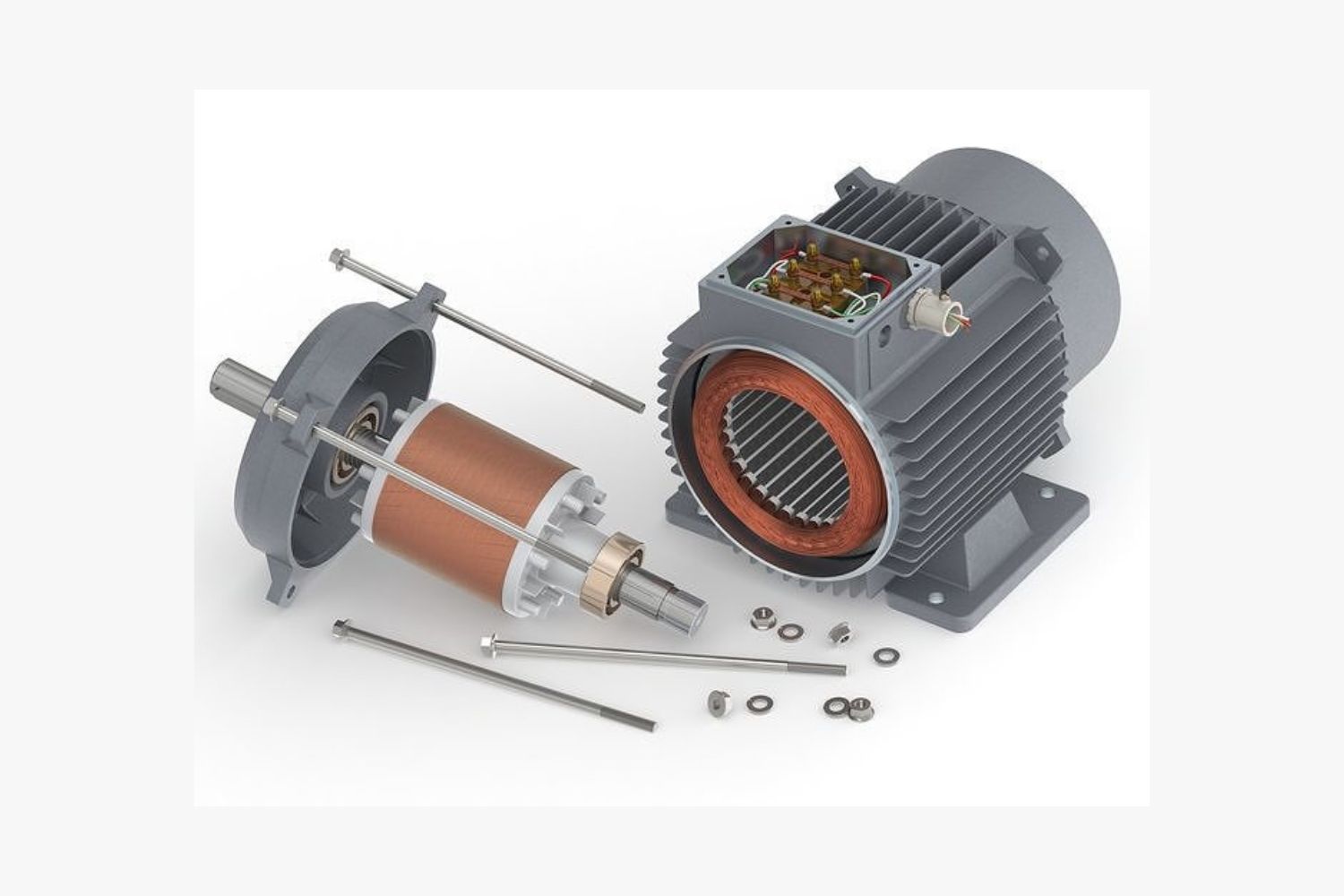
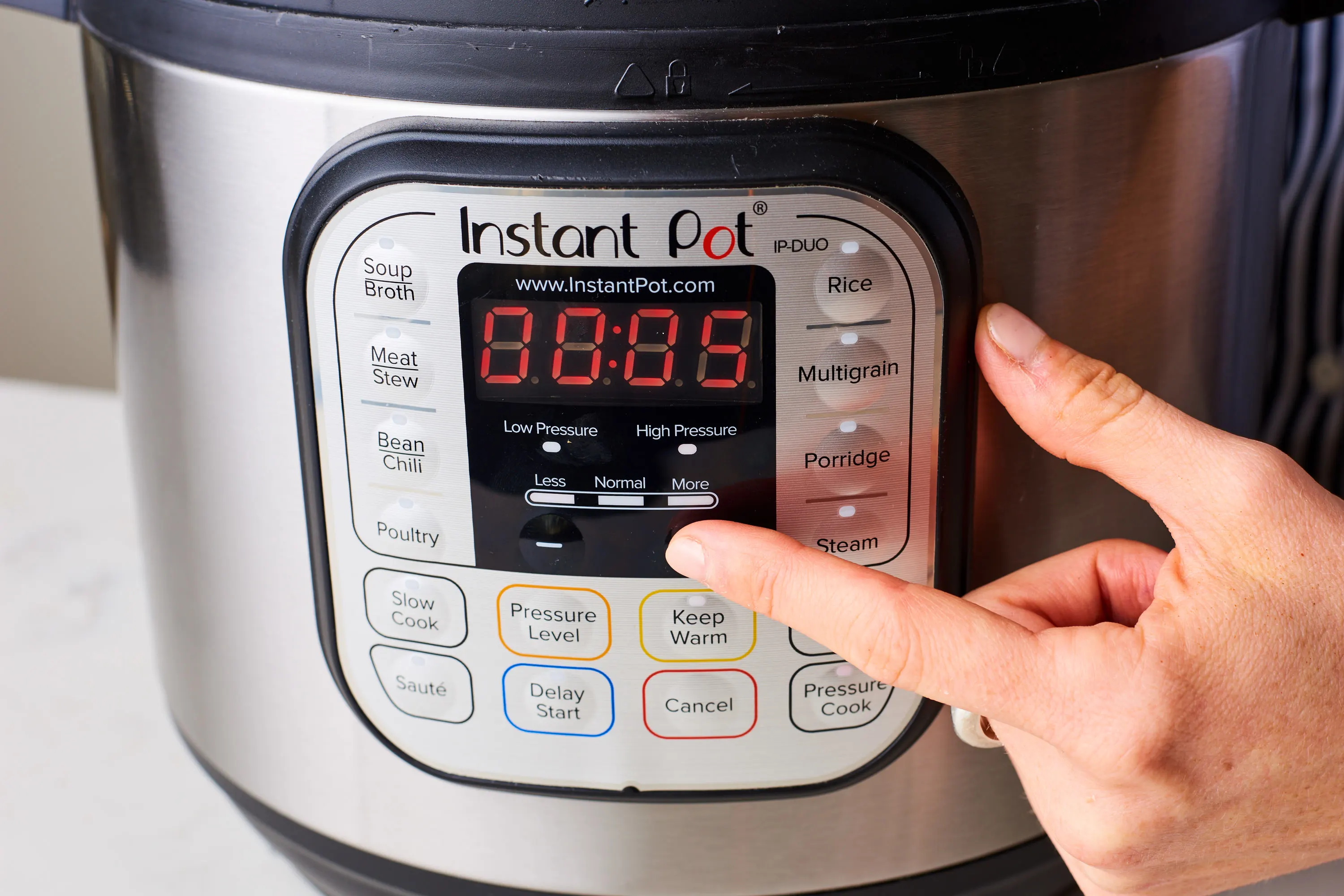
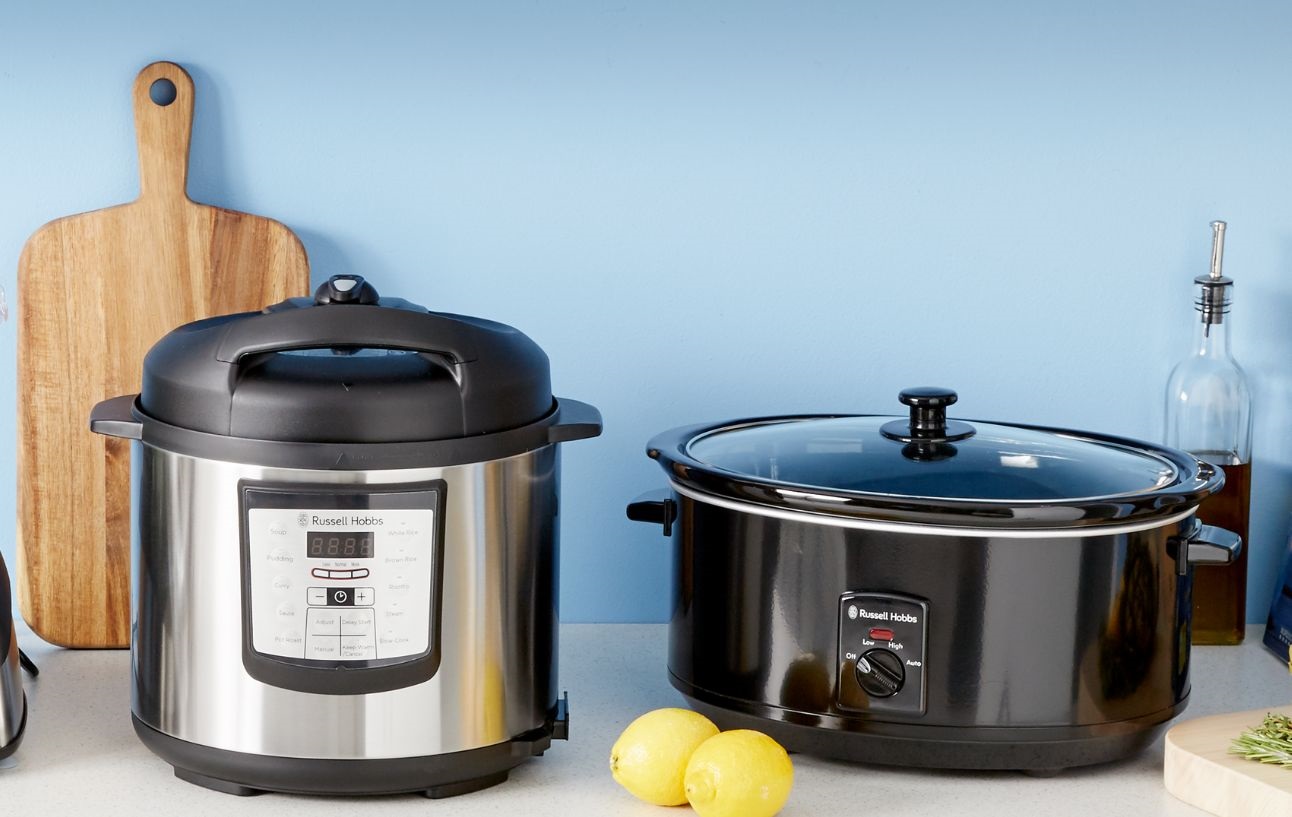
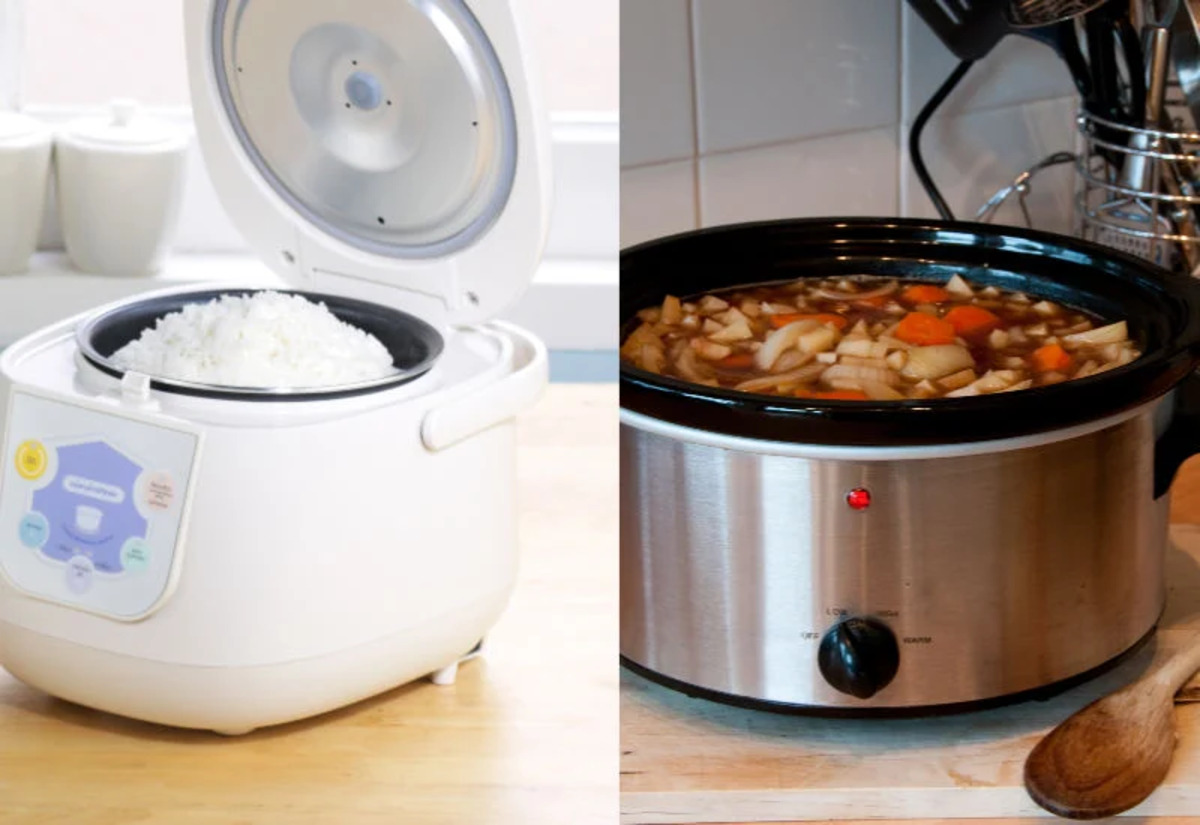
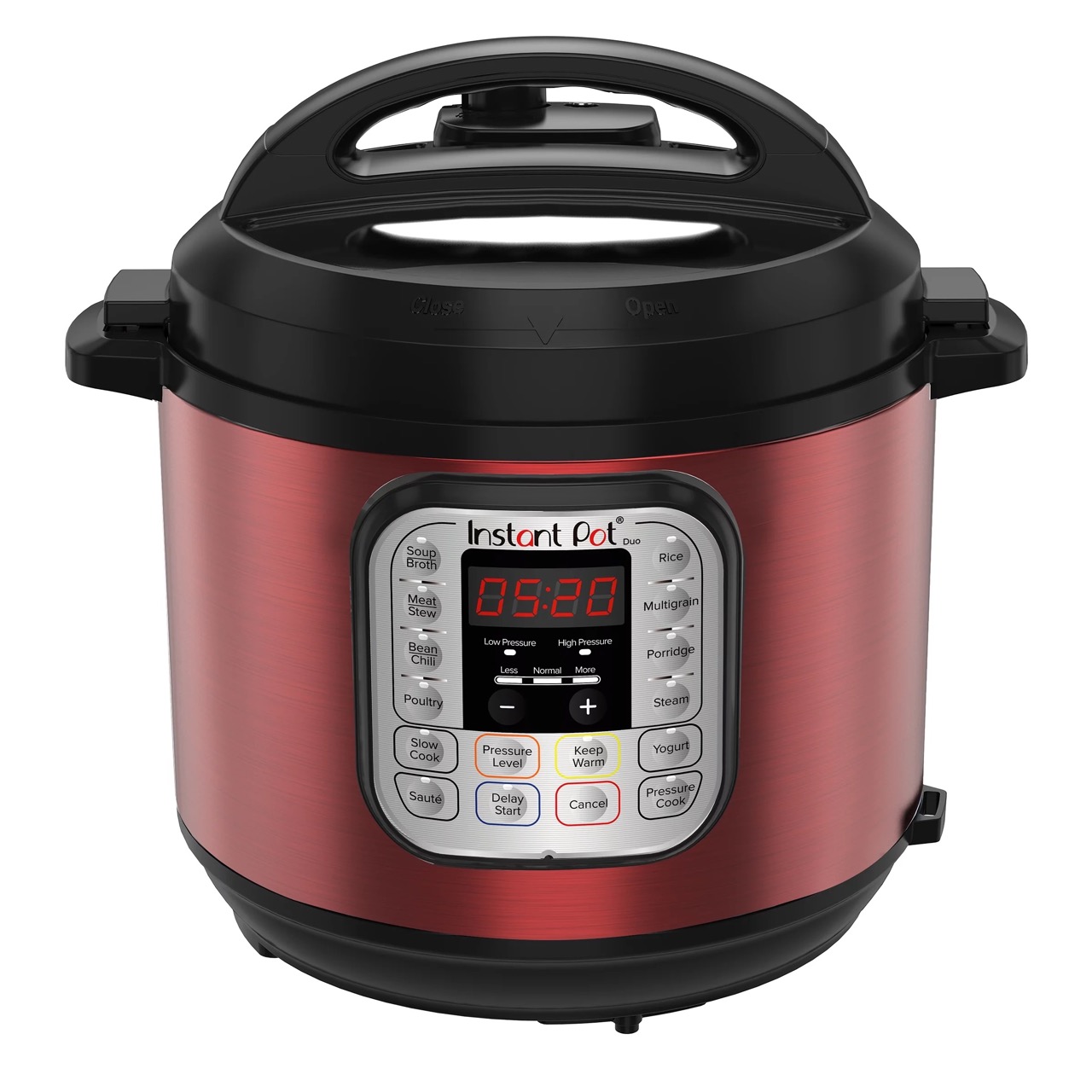
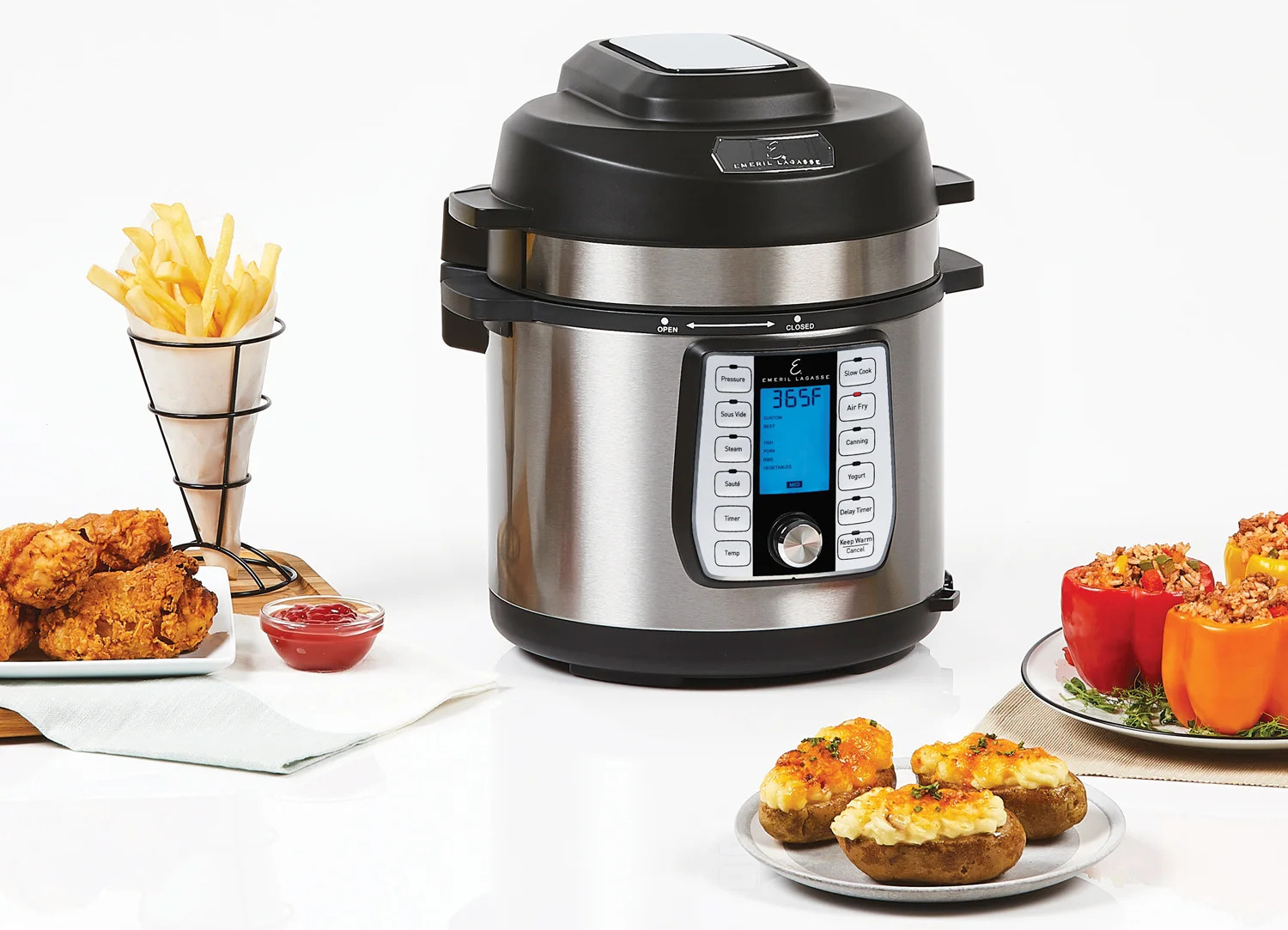
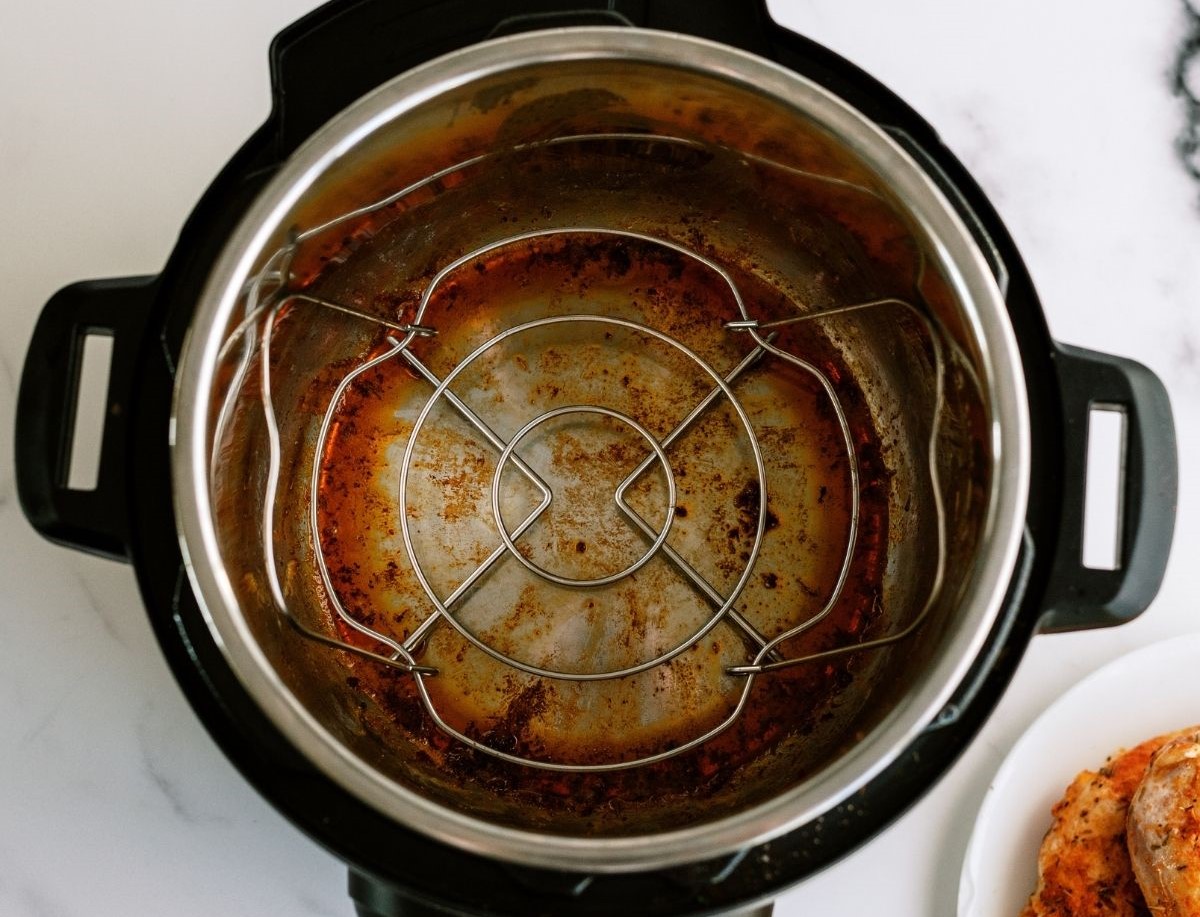
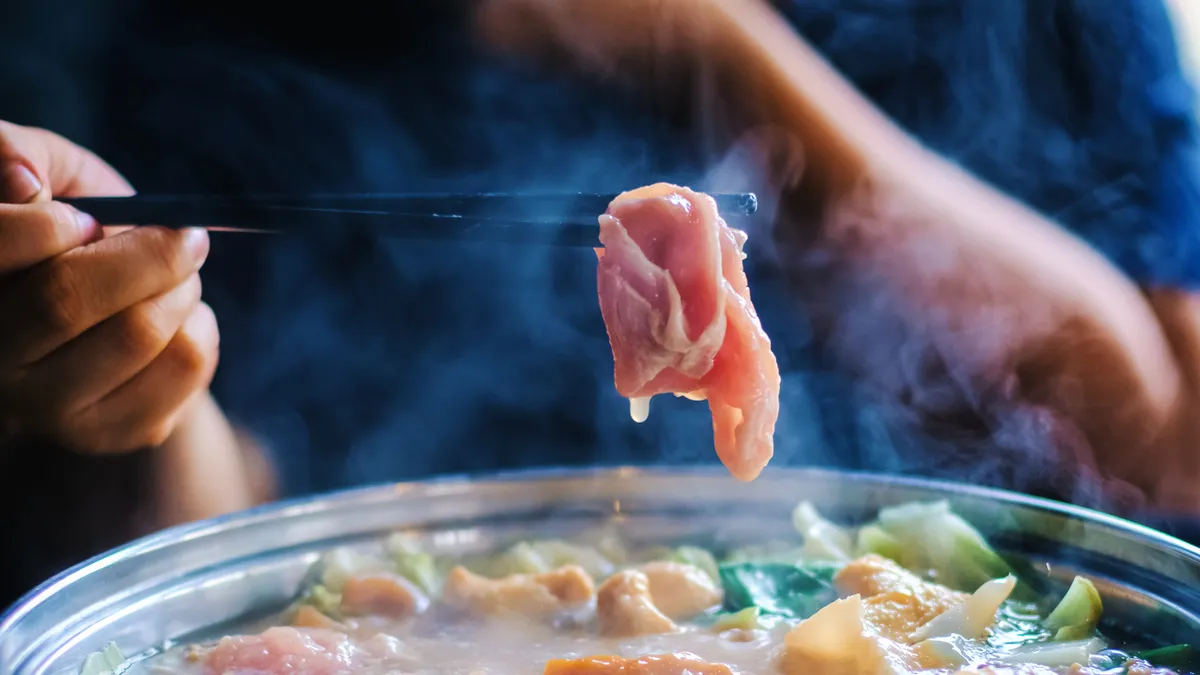
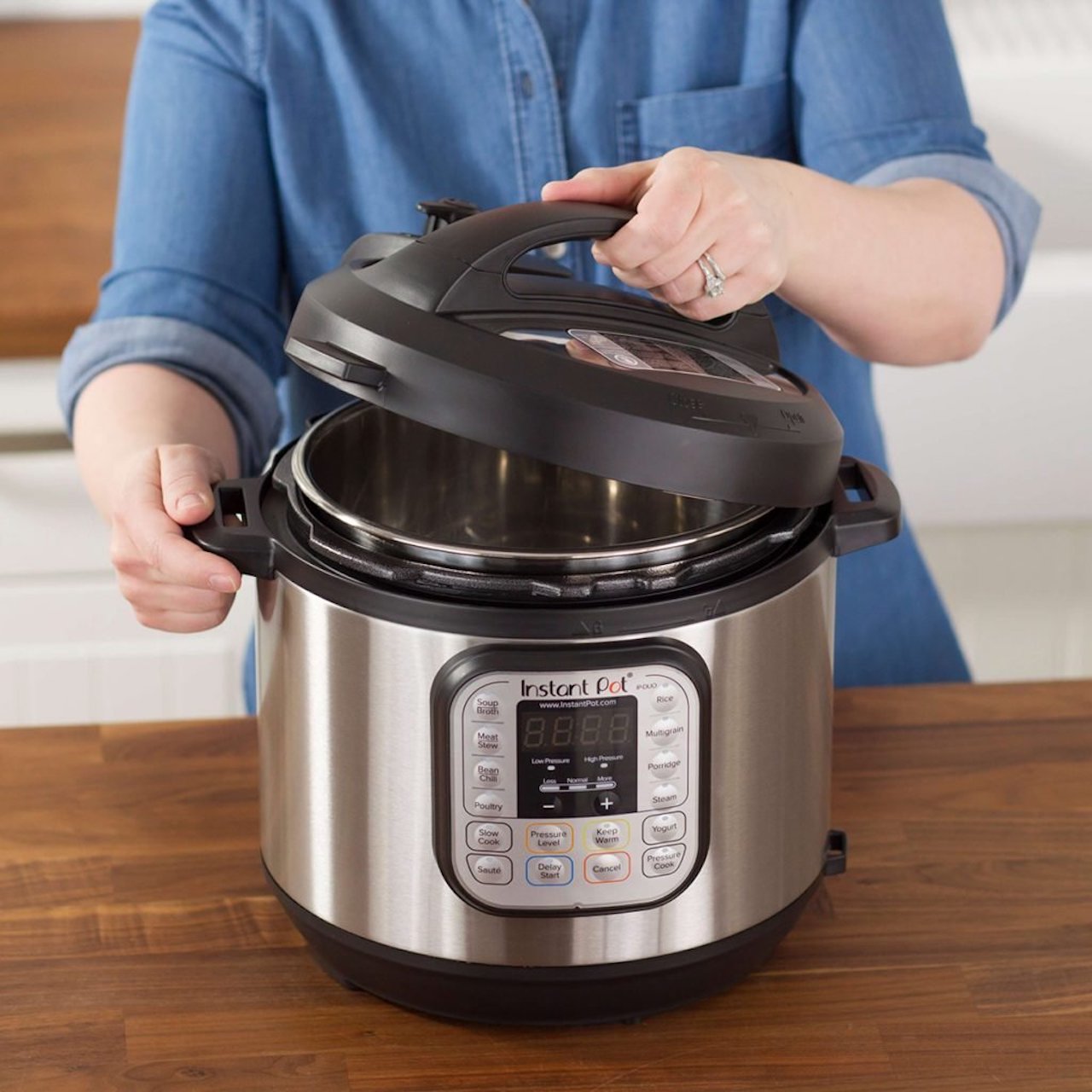
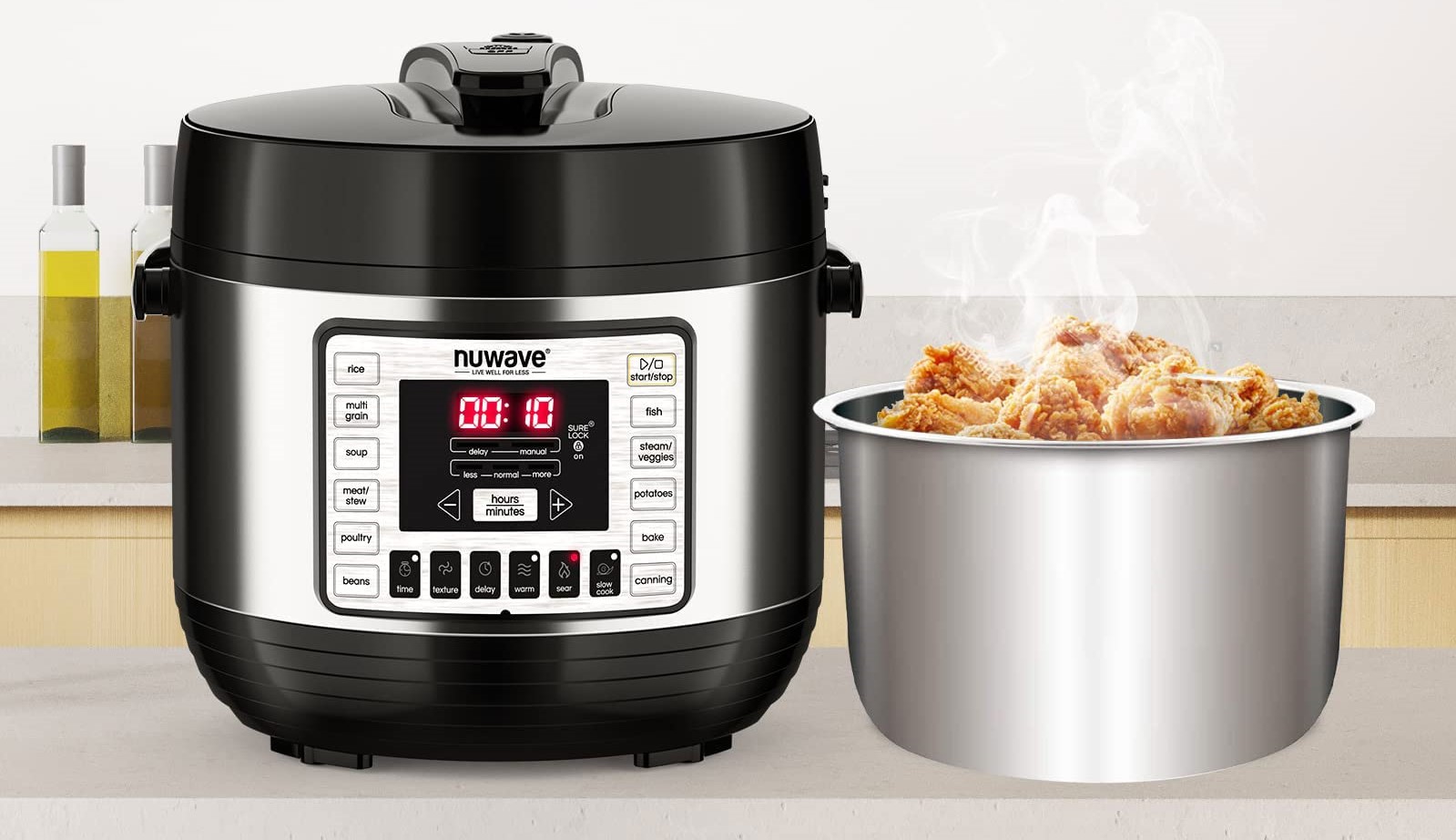




0 thoughts on “What Is The Difference Between An Instant Pot And Electric Pressure Cooker”